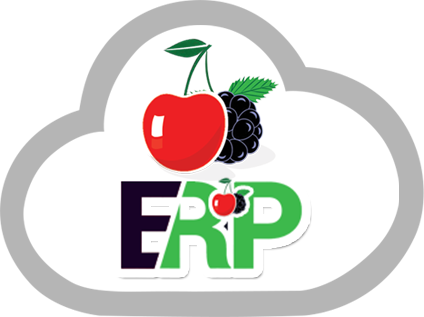
Integration and Benefits of using ERP Fixed Asset Module
The ability of an organisation to effectively manage its assets determines its success. However, keeping track of and overseeing every fixed asset in a business may be challenging. This is where companies need an ERP fixed asset module; it makes the process much more efficient by assisting firms in keeping track of all their important assets. Even while this software is undoubtedly useful, many businesses are still having trouble incorporating it into their current workflows.
Integration of ERP Fixed Asset Module with the existing system:
Although most companies have licenses for fixed asset management software, still many find it hard to make it work properly. The asset management software’s lack of integration with the current ERP systems is one of the major reasons. Asset data is hence frequently compartmentalized and hard to access. Decision-making mistakes and inefficiencies may result from this.
Overcoming these obstacles may be made easier by integrating ERP fixed asset modules with current systems. Businesses may use their physical assets more effectively and make better decisions when data is organized and easily available. Therefore, integration can result in better decision-making, lower costs, and increased asset utilization. Businesses have to think about combining fixed asset management software with their current systems because of these reasons.
Benefits of using ERP Fixed Asset Module:
When connected with current systems, the fixed asset module offers several benefits, some of which are listed below.
Increase Data Accuracy:
Increasing data accuracy is one of the main advantages of using an ERP fixed asset module. It might be challenging to maintain accurate records and keep track of all the information when fixed asset data is scattered across several locations. However, it may be simpler to maintain and guarantee the correctness of the data when fixed asset data is connected with ERP data.
Improved Utilization of Resources:
Businesses may use their resources more effectively using the ERP fixed asset module. For instance, companies can track assets more precisely and save redundant data entering. Businesses may also create reports that aid in better decision-making using the data from the ERP system.
Smarter Decision-Making:
Using the ERP fixed asset platform can help organizations make better choices for the future. As all the information is placed at a single location, it’s easy to access the required information and make the best possible decisions. By using this to assist you make better decisions about how to allocate and make use of your assets, you may save time and money.
Boost Security:
You may further strengthen the security of your asset data by using an ERP fixed asset management system. Your data is harder for unauthorized people to access or alter when it is all kept in one single area. This can assist in keeping your data safe from inadvertent deletion corruption, theft, and vandalism.
Simplify Asset Repair and Maintenance Measures:
ERP systems offer a central repository for all company data. This makes it simpler to track and manage an asset as all of its information is kept in a unified location. Furthermore, workflow features included in most ERP platforms allow for the automation of maintenance and repair procedures. This can guarantee that the task is completed promptly and effectively.
Therefore, companies may enhance their maintenance and repair procedures by using ERP fixed asset management software.
Conclusion:
Ensuring that the ERP fixed asset module interfaces with your current business workflow is crucial to getting the most out of your investment. CherryBerry ERP provides a cloud-based, fully integrated solution that can be personalised to match the unique requirements of your company. Our group of professionals is always ready to assist you in optimizing your resources and enhancing productivity throughout your company.
